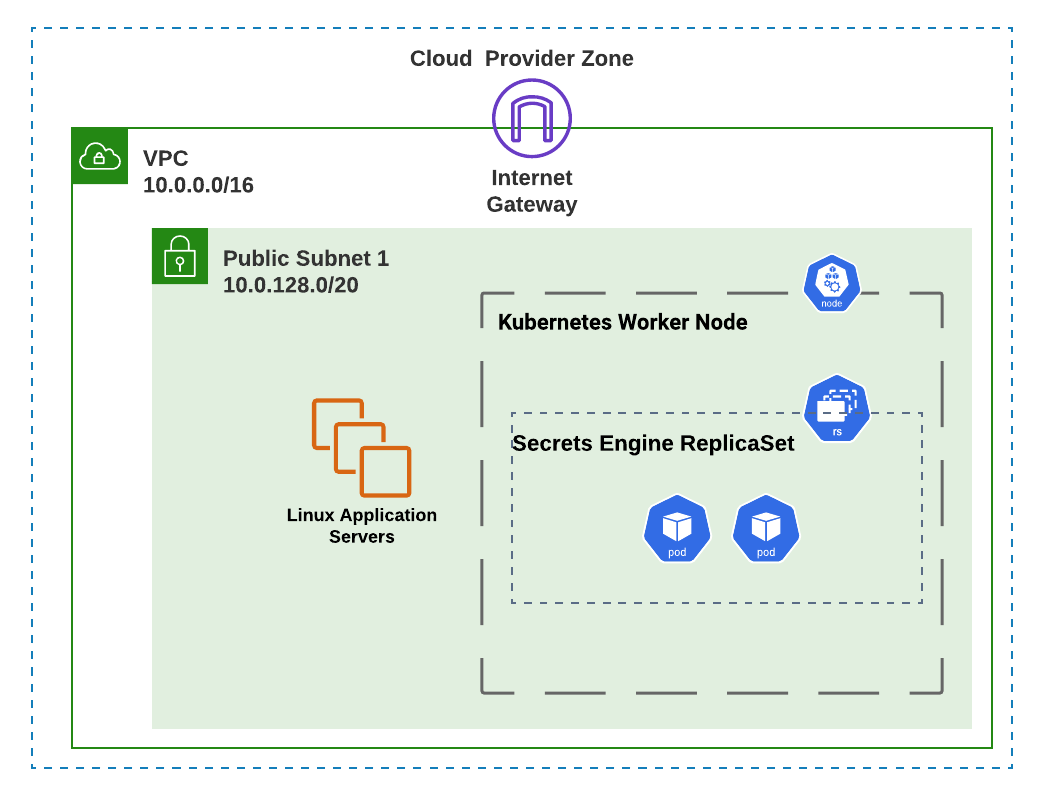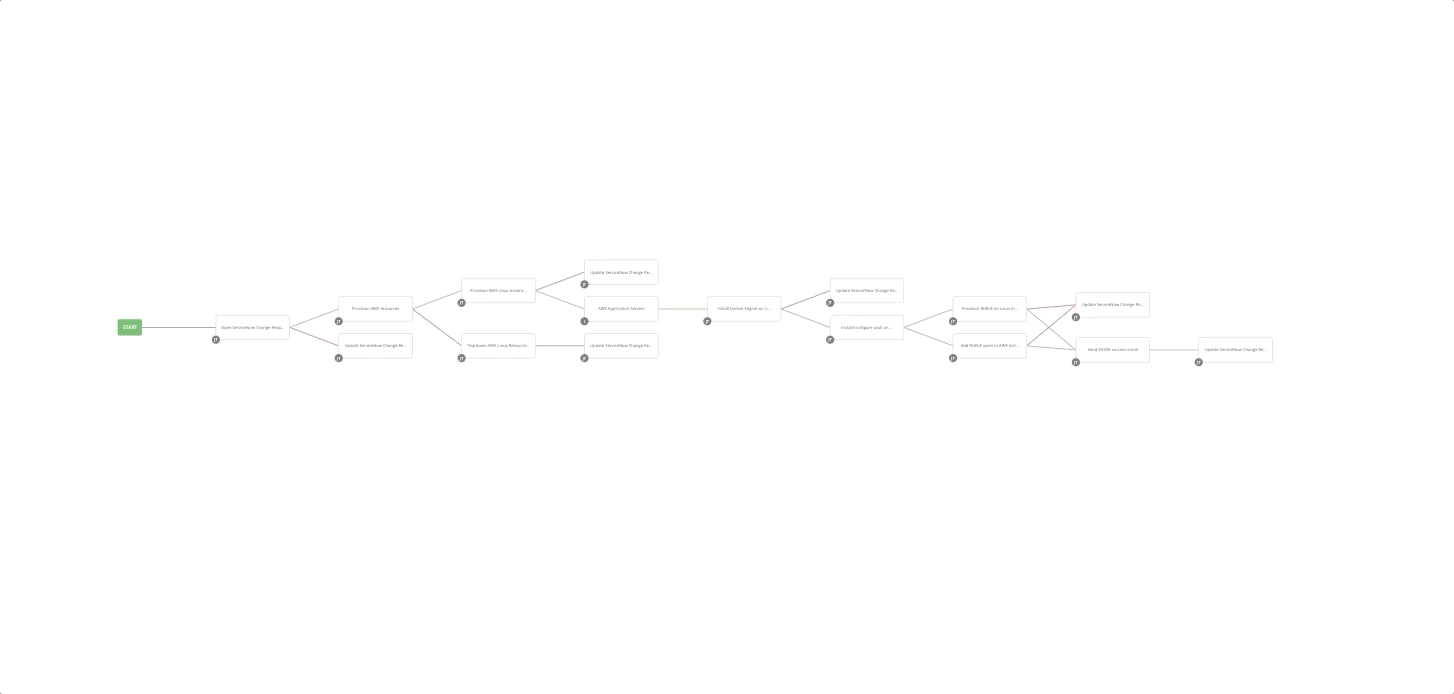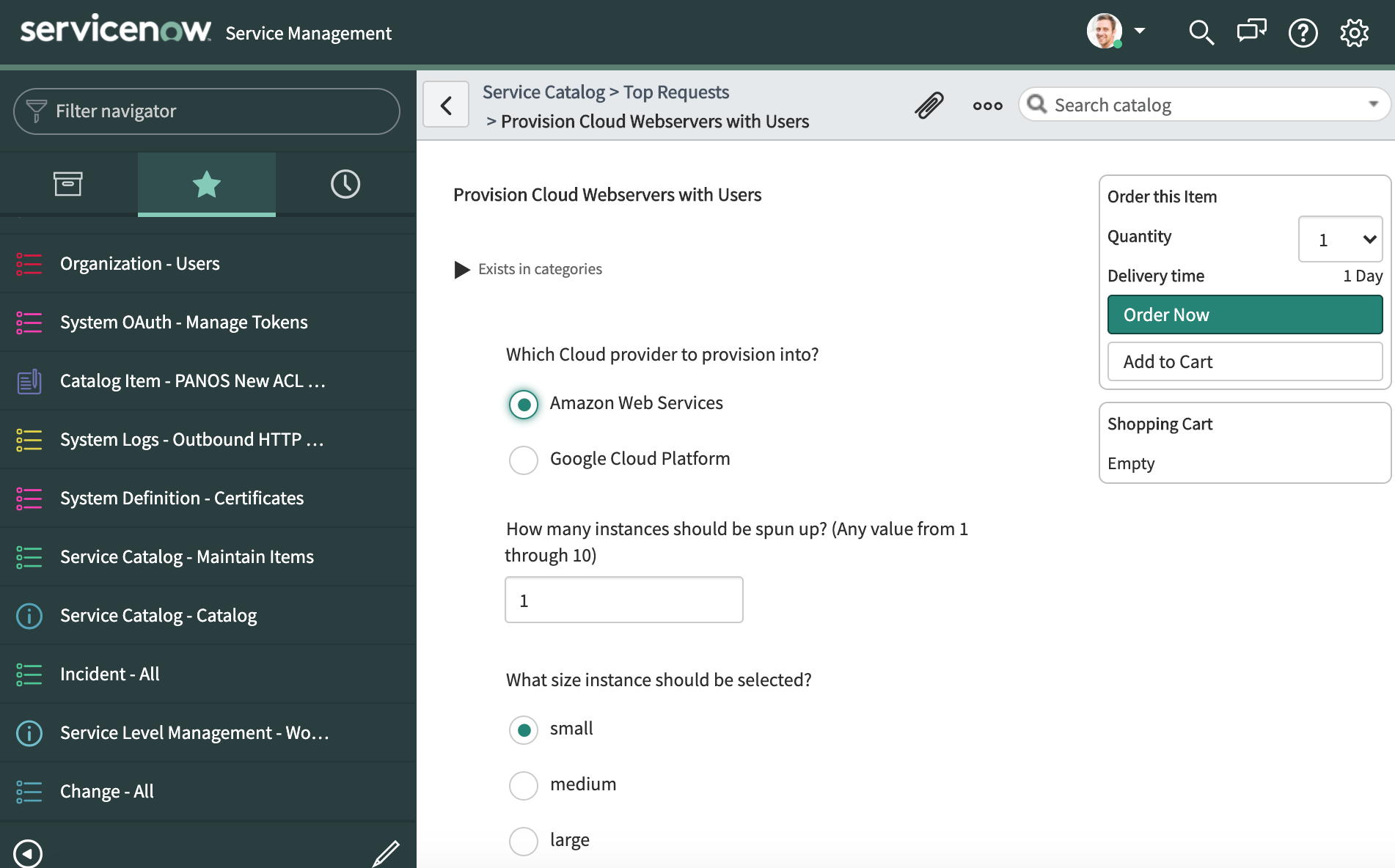Whether they know it or not, everyone in the enterprise organization is taking advantage of public cloud to do their jobs, and in many cases the infrastructure they use is provisioned on-demand. This lowers costs and increases business agility.
End-users that are more directly using public cloud to get work done may not have expertise in the cloud console and/or API(and in most cases should not be given access anyhow), but still need to be given a simple interface to set up and tear down on-demand workloads when needed. How can we do this?
Combining peer-reviewed, Infrastructure-as-Code automation, least-privilege user access, and simple GUI interfaces, you can empower these end-users to set up the on-demand workloads that allow them to complete the tasks at hand. Examples include:
- Setting up a sandbox environment for testing purposes
- Implementing disaster recovery of an application
- Setting up infrastructure for on-demand data processing
This repository contains an 'art-of-the-possible' demonstration of this very concept. Ansible playbooks are run to accomplish the following:
- Create a virtual private cloud with a public subnet in either AWS or GCP
- Create a number of Red Hat Enterprise Linux instances, with the following attributes:
- Includes a set of pre-defined users, each with privilege-escalation rights and that must create a new password upon first login.
- Hosts an Apache webserver and dynamically generated index.html page.
- Is registered with Red Hat Insights
- Create a container-based secrets engine that holds static SSH private keys for the predefined linux user passwords
A visual representation of the final product can be seen here:
The Ansible playbooks are implemented with the following Ansible Tower Workflow Template (for separation of responsibilities and error handling):
Finally, the end-user can accomplish all of this with a simplified interface, such as a ServiceNow catalog item:
Let's walk through the Ansible playbooks and 3rd-party integration instructions in this repository to see how this is accomplished.


